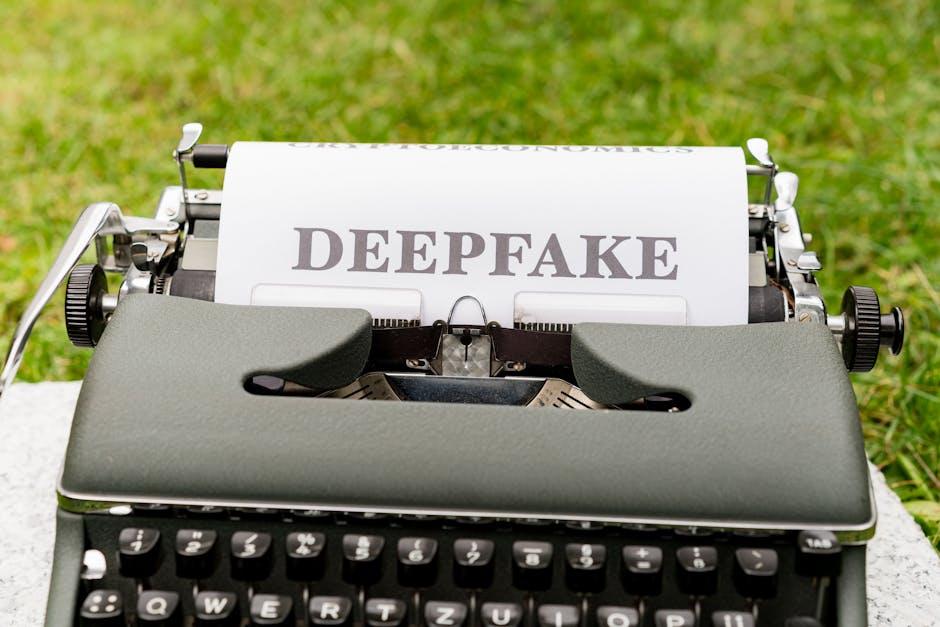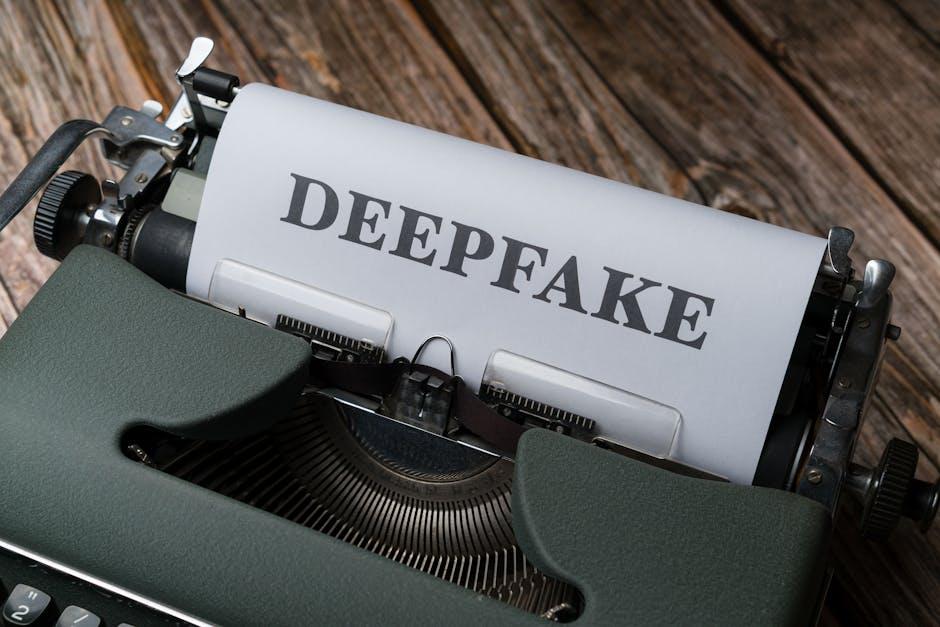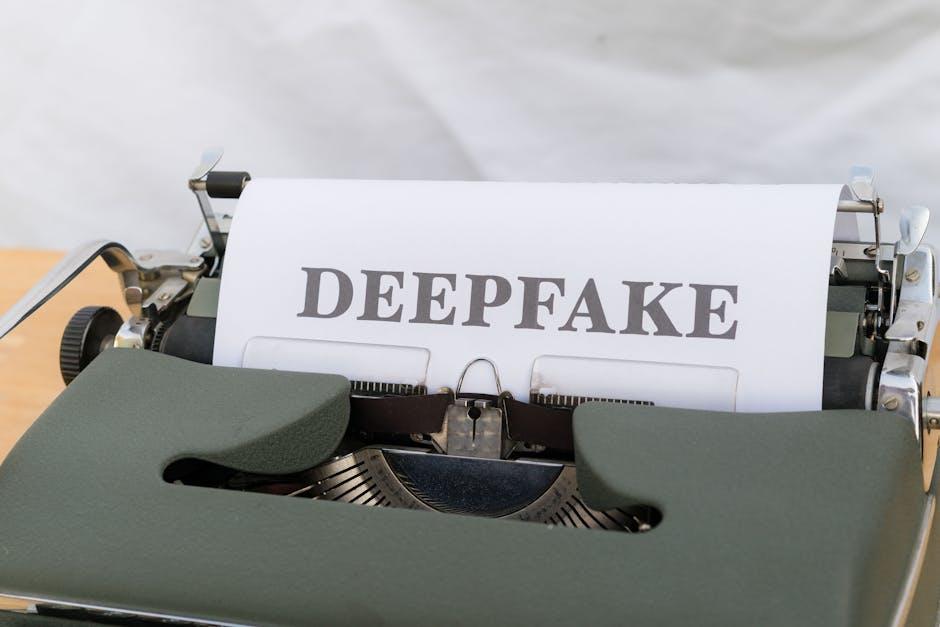In the ever-evolving landscape of cinematic storytelling, technology continues to push the boundaries of what’s possible on screen. Among the latest advancements, deepfake technology stands out as a double-edged sword, offering both innovative opportunities and ethical dilemmas. As digital wizardry allows filmmakers to resurrect legendary actors or seamlessly blend fantasy with reality, it also raises pressing questions about authenticity, consent, and the future of creative expression. This article delves into the heart of the debate: should the film industry impose limits on the use of deepfake technology, or embrace its potential without restraint? Join us as we explore the implications of this digital frontier, weighing the promise of artistic innovation against the responsibilities it demands.
Ethical Implications and Creative Possibilities
- Ethical Implications: The use of deepfake technology in films raises significant ethical concerns. Consent and privacy are at the forefront, as actors’ likenesses can be manipulated without their permission, blurring the line between homage and exploitation. This could lead to a world where identity theft extends into the digital realm, challenging both legal frameworks and moral boundaries. Furthermore, the potential for misinformation becomes a pressing issue, as realistic fake content could be used to deceive audiences, eroding trust in media.
- Creative Possibilities: On the flip side, deepfake technology opens up a realm of creative opportunities. Directors could bring historical figures to life with unprecedented accuracy, or resurrect beloved characters, offering new storytelling avenues. It can also serve as a tool for artistic expression, allowing filmmakers to explore narratives that were previously impossible. By pushing the boundaries of visual storytelling, deepfakes might foster a new era of cinematic innovation, blending reality and fiction in intriguing ways.

Balancing Innovation with Privacy Concerns
In the quest for cinematic excellence, the film industry faces a critical challenge: harnessing the power of deepfake technology while safeguarding personal privacy. As filmmakers explore new realms of creativity, the ethical implications of digital likeness manipulation must be carefully considered. Privacy concerns arise when actors’ faces can be convincingly superimposed without consent, potentially infringing on their rights and damaging reputations.
To achieve a harmonious balance, filmmakers might consider:
- Obtaining explicit consent from actors before using their likenesses.
- Implementing strict guidelines for ethical usage and transparency.
- Involving legal experts to navigate the complex landscape of digital rights.
By addressing these concerns, the industry can innovate responsibly, ensuring that technological advancements do not come at the expense of individual privacy.

Regulatory Frameworks and Industry Standards
The adoption of deepfake technology in the film industry is a subject that intersects with various regulatory frameworks and industry standards. As the technology evolves, there is an increasing need for comprehensive guidelines that address ethical considerations, intellectual property rights, and privacy concerns. While some countries have initiated legislation to manage the use of synthetic media, the film industry lacks a unified global standard, leading to a patchwork of regulations that may not adequately cover cross-border productions.
Key industry bodies are considering several measures to ensure responsible use of deepfakes, including:
- Content Labeling: Requiring clear labels for content created or altered using deepfake technology.
- Consent Protocols: Establishing protocols to obtain consent from individuals whose likenesses are used.
- Usage Guidelines: Developing guidelines that balance creative freedom with ethical responsibility.
As discussions continue, it is crucial for stakeholders to collaborate on creating a framework that safeguards both artistic innovation and individual rights.

Encouraging Responsible Use and Transparency
Incorporating deepfake technology into the film industry demands a focus on both responsible use and transparency. Filmmakers can foster ethical practices by implementing clear guidelines and adhering to industry standards. Open communication about the use of deepfakes in production can help build trust with audiences, ensuring they are informed about what they are viewing. This transparency not only maintains the integrity of the film but also respects the viewer’s right to know.
- Establish Guidelines: Creating a set of best practices can help filmmakers navigate the ethical landscape of deepfakes.
- Educate Audiences: Providing information about how and why deepfake technology is used can demystify the process and promote understanding.
- Protect Identities: Ensuring that consent is obtained from individuals whose likenesses are used is crucial for ethical compliance.
By prioritizing these elements, the film industry can harness the creative potential of deepfakes while safeguarding against misuse, paving the way for innovative storytelling without compromising ethical standards.

